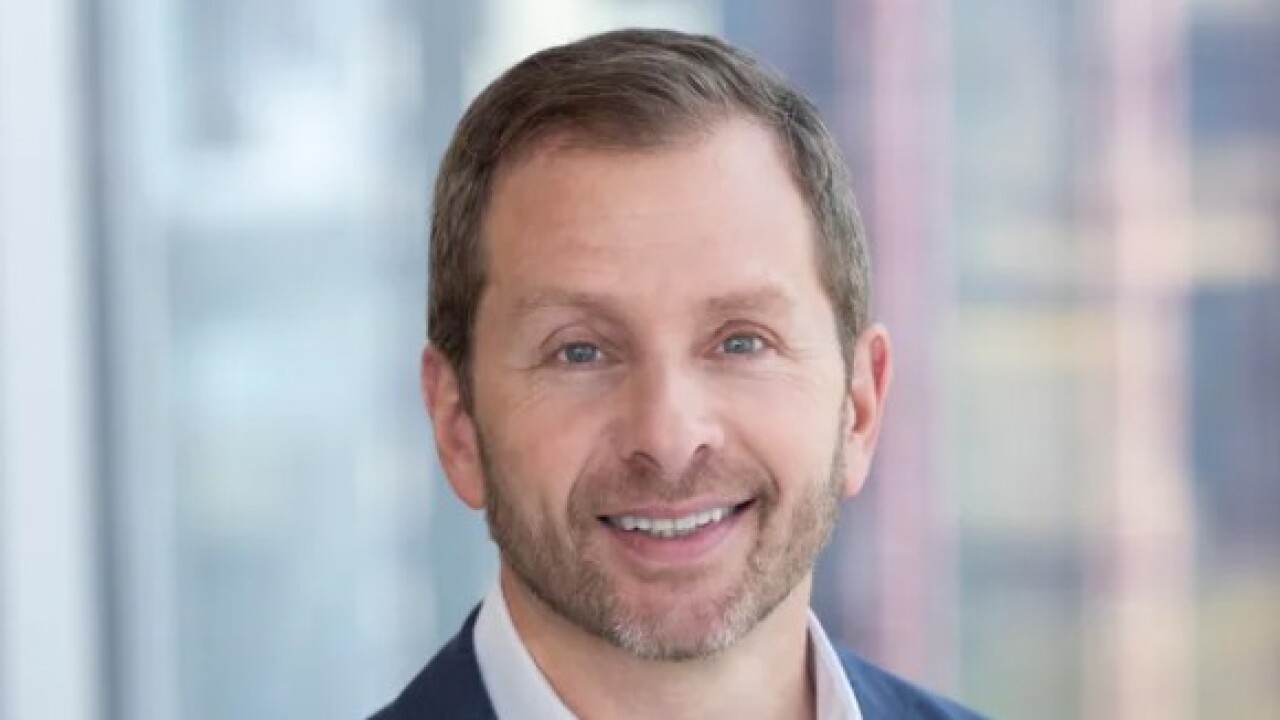(Bloomberg) — The amount of money that Australians have ploughed into tradable fixed-income funds soared by 41% in just one year and BlackRock expects that pile to grow even further.
Assets in fixed-income ETFs swelled to A$2.32 billion ($1.7 billion) at the end of August, data from local bourse operator ASX show. The proportion of all ETF holdings that are in such funds climbed to 10.1% from 8.5% a year earlier. While the amount remains negligible when compared to the $2.35 trillion U.S. ETF industry, providers are betting the listed-vehicles can attract a bigger slice of the A$621 billion in Aussie pension savings that are looked after by individuals rather than institutional managers.
Australian investors are still "three or four years behind" their European and North American counterparts in embracing bond ETFs, although flows have been "encouraging," said Jon Howie, the Sydney-based head of BlackRock's iShares ETF business in Australia. "As they get more comfortable with the asset class, we expect very, very rapid growth in fixed-income ETFs."
Investors Down Under have traditionally skewed their investments more toward equities, although over the past decade bonds have shown themselves to be a more profitable and stable bet. The 88% gain provided by the Bloomberg AusBond Composite Index in that time outstripped the 64% return on the S&P/ASX 200 Index, and bonds last posted an annual loss in 1999, while shares lost 11% in 2011 and 38% in 2008.
Even after the recent rout in global debt markets spurred a slide in local fixed income, the AusBond Composite is up 5% in 2016, outpacing the 3.5% return on stocks.
In the meantime, Australian investors are showing more and more enthusiasm for bond ETFs, and that could attract new entrants to the market, which is currently dominated by BetaShares, Vanguard and BlackRock. Money managers such as Henderson Group are weighing the potential benefits of launching ETF versions of their actively managed flagship funds as demand for more direct access to fixed-income products rises.
DIFFERENT MECHANISMS
"There's a very gradual, slow move away from platforms to more advisers and direct investors investing into the underlying strategies," said Jay Sivapalan, who helps oversee A$9.2 billion in fixed-income investments at Henderson in Australia. The company is "starting to look at different delivery mechanisms" to capture this shift of inflows, including through ETFs, the Melbourne-based money manager said.
The number of do-it-yourself pension savers with ETF holdings across asset classes rose to about 83,000 in 2015 from 76,000 a year earlier, according to a report from research firm Investment Trends. Allocations by self-managed superannuation funds to bonds rose to A$8.3 billion at the end of June from A$8.1 billion a year earlier, while cash and term deposit investments increased to A$158.9 billion from A$154.4 billion, according to data from the Australian Taxation Office.
Despite growing interest in fixed income, about 80% of Australia's A$23.5 billion in ETFs remain tied up in local and global equities, ASX data show. BlackRock is the biggest manager of these products in Australia and oversees about A$7.4 billion of such funds across various asset classes in the South Pacific nation, with about A$464 million in fixed income.
Aussie investors have a "long way to go" before they become more familiar with fixed-income ETFs, according to BlackRock's Howie. "We're still very early on in this process of delivering to the market the kind of access that say, American or European investors have had for some time. For me, it's a growth story."





